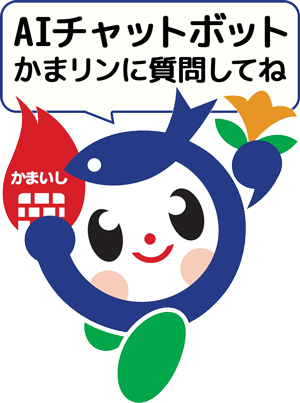公開日 2010年10月04日
Welcome to Kamaishi
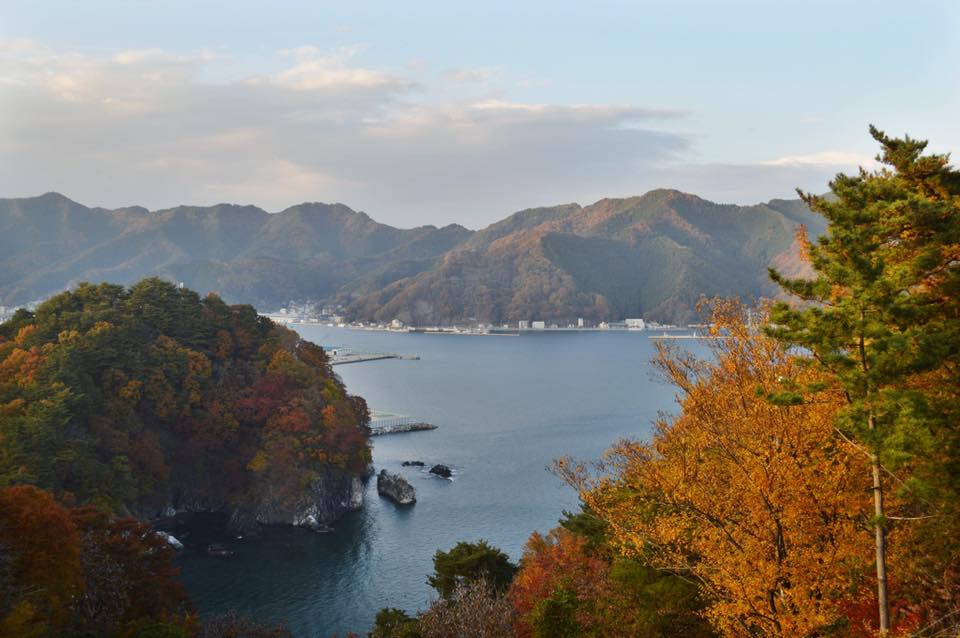
Kamaishi City is located on the southeastern coast of Iwate Prefecture, within the Sanriku Fukko National Park. The city is spread across four bays, and winds its way along the basins of the Kasshi and Unosumai Rivers. The mountain terrain stretching all the way to the sea provides the city with abundant natural beauty, whilst the waters off the coast of Kamaishi provide the perfect conditions for oysters, Japanese scallops,wakame seaweed and a large variety of other fresh seafood. As the birthplace of Japan’s modern steel industry, Kamaishi is also home to the Hashino Iron Mining and Smelting Site, a recent addition to the list of UNESCO World Heritage Sites of Japan’s Meiji Industrial Revolution.
Like so many other towns and cities along the northeast coast of Japan, Kamaishi suffered severe damage in the 2011 Great East Japan Earthquake and Tsunami disaster. Over 1000 lives were lost in Kamaishi alone, with a large number of homes, commercial buildings, and infrastructure destroyed. Having commemorated the 6th anniversary of the disaster in March 2017, the city is moving forward with hope and resilience as it continues with the recovery process.
In 2015, Kamaishi was named as one of the 12 official host cities for the Rugby World Cup 2019™. The construction of the new Kamaishi Recovery Memorial Stadium is scheduled for completion in 2018, and shall accommodate 16,187 spectators in a combination of permanent and temporary seating. The announcement of the Rugby World Cup™ pool draw took place in May, with the match schedule and ticket sales to be announced in late 2017.
Visit Kamaishi
Kamaishi Daikannon
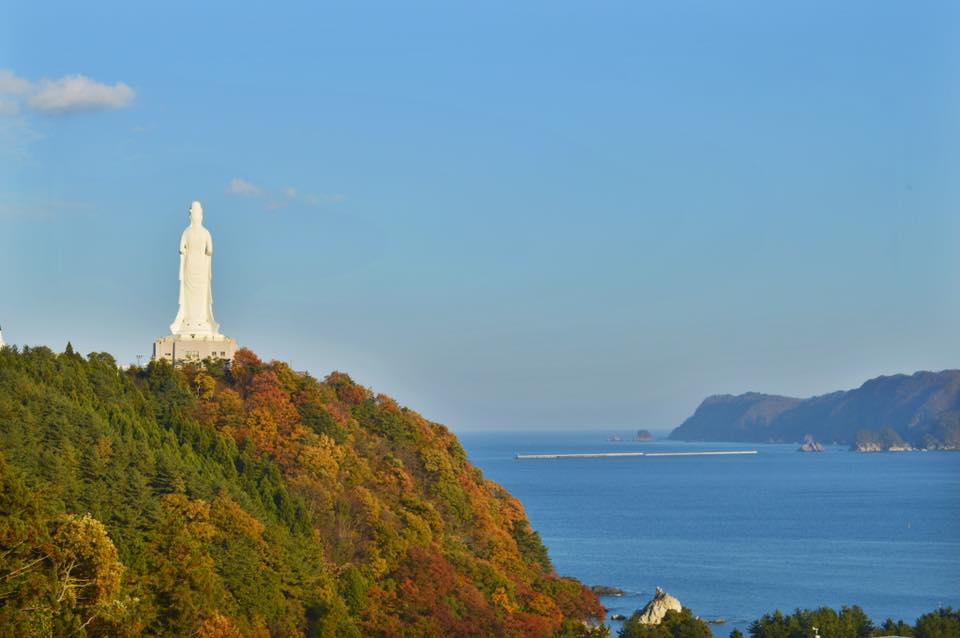
The Kamaishi Daikannon is a large statue of the Buddhist “Goddess of Mercy” that stands overlooking Kamaishi Bay. At over 48.5m tall, she can be seen from afar as she watches protectively over the city. For those wishing to climb the 13 floors inside, the observation platform provides spectacular panoramic views of the city and coastline.
Open: Everyday 9:00 – 17:00 (last entry 16:30)
Closed: December 29 – 30
Entry: Adults \500
High school students \300
Primary school students \100
(10% discount for groups of 20 or more, 20% for groups of over 100)
Parking: Free Parking Available
Map: https://goo.gl/maps/p9ER1hoDJHB2
Hakozaki Peninsula
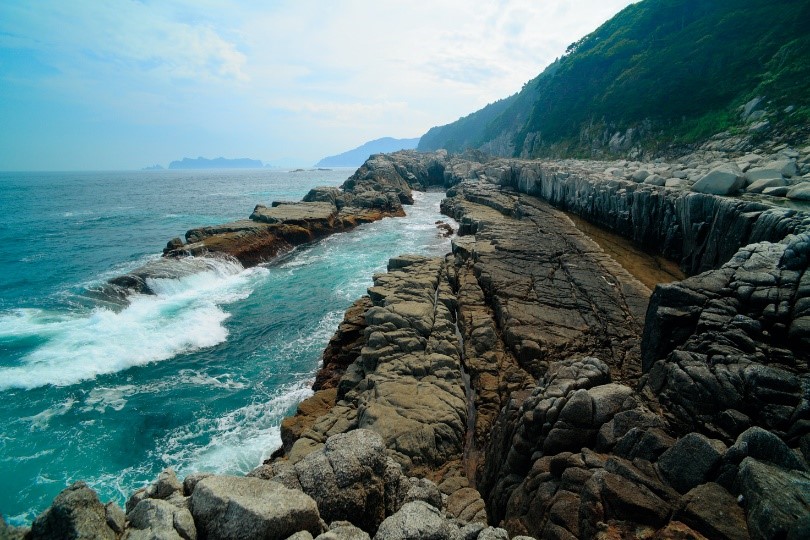
Hakozaki Peninsula boasts stunning views of the coastline, with the Otsuchi and Yamada Bays to the north, and Sangan Island and Kamaishi Bay to the south. It is famous for its many beautiful rock formations, such as the granite covered Senjojiki at its furthermost point.
Map: https://goo.gl/maps/drXKW9SHEUm

The Sennin Mountain Pass runs between Kamaishi and nearby Tono, and is famous for its beautiful autumn and spring foliage. It is also the home of the renowned Sennin Hisui mineral water, and the Kamaishi Sennintoge Marathon (held late October).
Map: https://goo.gl/maps/P9U8L9uC7PP2
Mt. Goyo
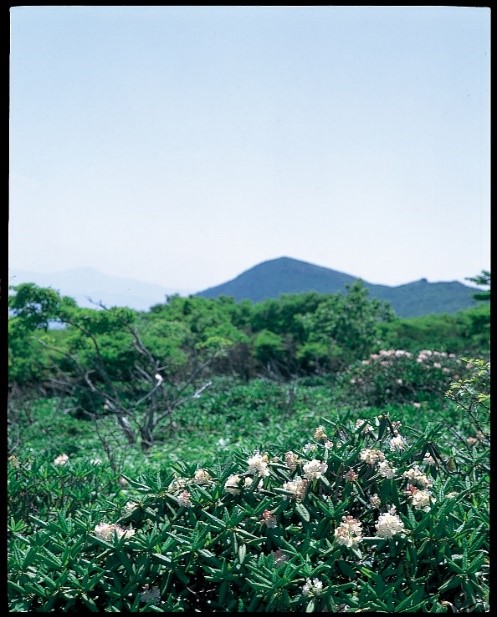
Located in the Kitakami Highlands, Mt.Goyo is the tallest peak on the Sanriku Coast, at a height of 1,351 meters above sea level. It is blessed with panoramic views of the coastline, as well as the cities of Kamaishi to the north and Ofunato to the south. The mountain is renowned for its bountiful azaleas in spring and rhododendrons in summer, while also being home to a wide array of local wildlife.
Map: https://goo.gl/maps/xhds6pNGb2u
Hashino Iron Mining and Smelting Site
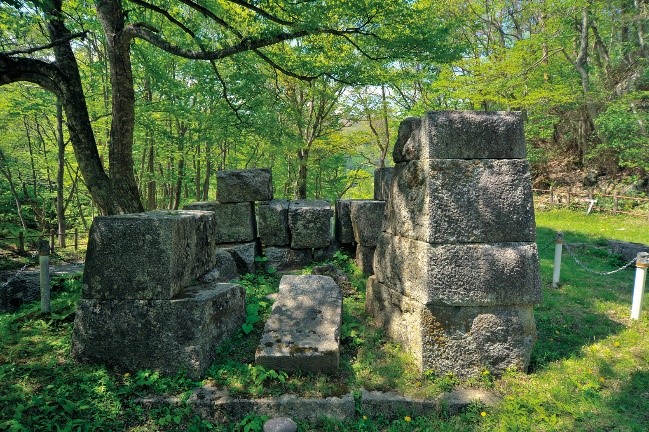
Officially designated as a UNESCO World Heritage Site in 2015, the Hashino Iron Mining and Smelting Site is recognized as the birthplace of Japan’s modern iron and steel industry. It played a crucial role in the rapid industrialization of the Meiji Era up until operations ceased in 1894.
Hashino Iron Mining and Smelting Site Information Center:
Open: Everyday 9:30 – 16:30
Closed: December 8 – April 1 (due to heavy snowfall)
Entry: Free
Parking: Free Parking Available
Map: https://goo.gl/maps/vm2GYqwUaFo
Kamaishi Iron and Steel History Museum
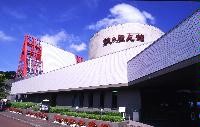
The Iron and Steel History Museum features exhibitions documenting the history of the industry’s development in Kamaishi as well as the great achievements of founder Takato Oshima and his fellow pioneers.
Open: 9:00 – 17:00 (last entry at 16:00)
Closed: Every Tuesday, December 29 – January 3
Entry: General \50
Senior High School Students \300
Elementary/Junior High School Students \150
(Discount applies for groups of 20 or more)
Parking: Free Parking Available
Map: https://goo.gl/maps/r9vQqfaQkVm
JR Kamaishi Station
Kamaishi station itself is the final stop on the JR Kamaishi Railway Line. In addition to the regular JR services, the newly restored Ginga Dreamline steam engine also runs between Kamaishi and Hanamaki multiple times a month. The Sanriku Railway’s Southern Rias trainline also leaves from Kamaishi several times a day, running down the coast to Sakari Station in Ofunato city and providing spectacular views of the coast along the way.
Map: https://goo.gl/maps/gZNYYYXBWpz
EXPERIENCE
Kamaishi “Yoisa”
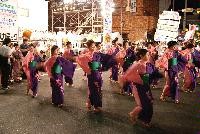
Summer Festival, the Kamaishi “Yoisa” is held in early August each year. Large throngs of dancers parade down the main street of town, whilst an array of traditional flutes, taiko drums and folk music is performed. Participation is welcomed and even encouraged.
Festival Date (2017): August 5
Kamaishi Festival
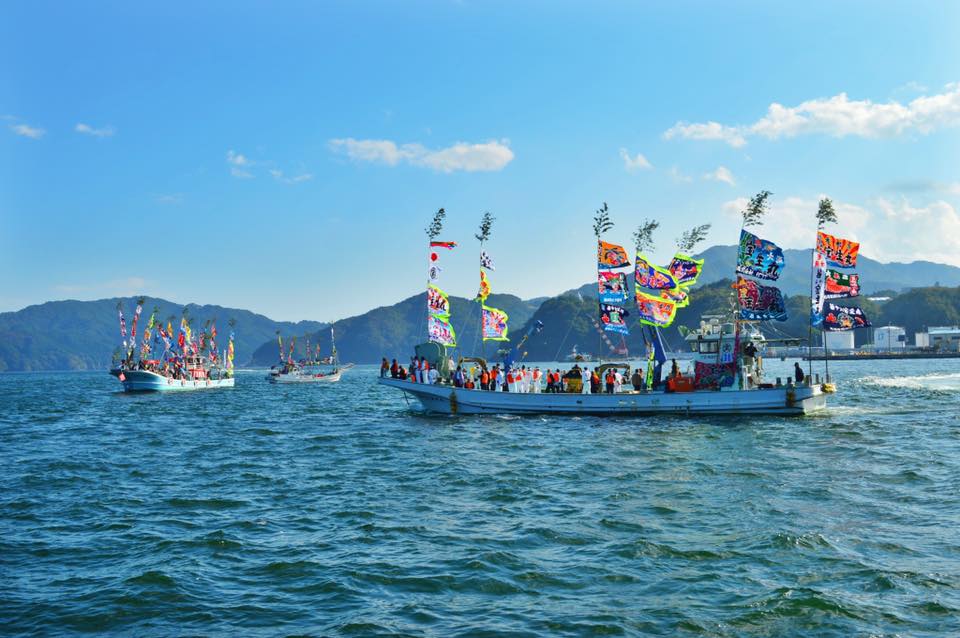
Held over three days every October, the Kamaishi Festival features a lively and colorful parade of Hikufune fishing boats covered in Tairyobata “big catch” flags, Kamaishi’s famous Tora-mai Tiger Dances and a long parade through the city featuring portable shrines from each of the major districts.
Festival Dates 2017: October 13 - 15
EAT
Local Specialties
Due to the proximity of some of the world’s best fishing areas, there is an abundance of restaurants around town serving top quality seafood. The city is particularly renowned for its sizable oysters, Japanese scallops (hotate), sea urchin and hoya (sea pineapple).
Kamaishi is also renowned for its local “Kasshi Kaki” smoked persimmon and “Kamaishi Ramen”, with extra fine noodles in a light, soy based soup. It is said that this particular variety of ramen was developed to cater to the hunger of the Kamaishi iron workers at the end of a day’s work, as its light soup fine noodles make it much faster to prepare.
For a detailed guide of where to find the best ramen restaurants in town, a Japanese language version of the Kamaishi Ramen Map is available at the below link.
Miffy Café Kamaishi
The Miffy Café Kamaishi provides delicious meals and drinks for the whole family to enjoy alongside the brightly decorated café interior, all centered around the well-adored rabbit from Dutch children’s book author Dick Bruna. Opened in 2015 thanks to generous support from the Embassy of the Netherlands in Tokyo, the café also sells unique Miffy merchandise featuring Kamaishi motifs.
Map: https://goo.gl/maps/cNLQNSMDqNE2
Kamariba
Officially opened in 2017, the Kamariba restaurant and bar hub houses 13 separate establishments, including snack bars, lamb barbecue and more.
Map: https://goo.gl/maps/Mg4jqobuW7R2
ACCESS and TRANSPORT
Train
The JR Kamaishi Line connects Kamaishi City to the Tohoku Shinkansen Line at Shin-Hanamaki JR Station. Due to the damage inflicted by the disaster in 2011, the JR Yamada Line to the north of Kamaishi is currently suspended. The Sanriku Railway Southern Rail Line however links Kamaishi to the southern coastal region.
Car
Main roadways include national highway 283, which runs inland between Kamaishi and Miyamori, and highway 45 that leads straight to Rikuzentakata. New roads enabling faster routes to other major cities are currently under construction.
Bus
Several highway buses are also available between Kamaishi and the major cities of Morioka, Sendai and Tokyo.
Getting Around Town
While the central area of town is easily navigated on foot, buses are also available to aid access to other popular sites, with fares ranging between 100 and 300 yen. Car hire may also be a good option for those wishing to explore more of the surrounding coastal town and cities.
History: The City of Steel, Fish and Rugby
During the Edo Period (1603 – 1868) Kamaishi was one of the minor towns within Mutsu Province, under the rule of the Nanbu Clan, which spanned much of the northeast coast. However, following the discovery of the magnetite in the Ohashi region, the city came to play a historically significant role in the subsequent Meiji Restoration. Nambu retainer Oshima Takato built Japan’s first western-style blast furnace on the site in 1857, successfully producing steel on December 1 that same year. In 1874, a government operated ironworks was constructed in the Suzuko area, as was the Kamaishi port pier, new railways, and various other facilities. Due to this sudden boom in industrialization, Kamaishi was regarded as the cornerstone of Japan’s modern iron and steel industry.
After the coastal villages of Kamaishi and Heita were combined to form Kamaishi Town in 1890, it later became a municipality in 1937. In 1955, the villages of Kasshi, Kurihashi, Unosumai and Toni were incorporated, forming present day Kamaishi City.
Although the townspeople experienced two heavy naval bombardments during WWII, the period of post-war revival saw Kamaishi’s population grow to a peak of 90,000 by the 1960s. However, due to the decline of the fishing and marine industry, as well as the depression of the steel industry, Kamaishi’s population has continued to decrease. Addressing this decline is a major concern for the city.
Due to the sponsorship of the Nippon Steel Corporation in the late 1950s, the local rugby team achieved nationwide fame by winning the national rugby tournament seven years in a row, from 1978 to 1984. Although the departure of Nippon Steel saw the team disbanded, a new team under the name of the “Kamaishi Seawaves” was established in 2001, and is currently aiming to break into the Japan Top League. The city remains famous its love of the sport, and has come to be known as “The City of Steel, Fish and Rugby”. So much so that the city was chosen as one of the 12 locations set to host the Rugby World Cup in 2019.
11 March, 2011
On the 11th March 2011, a magnitude 9 earthquake struck off the northeast coast of Japan, triggering a devastating tsunami that wrecked severe damage throughout the coastal towns and cities. Kamaishi lost over 1000 lives that day, with 152 townspeople still registered as missing. A large portion of the city’s buildings and infrastructure were destroyed, and the recovery process is still underway. The Unosumai area of the city was hit with particularly severe damage, however as the work being done to rise the area’s ground level by several meters reaches completion, new construction – including an impressive new stadium for the Rugby World Cup – is beginning to take place.
この記事に関するお問い合わせ
PDFの閲覧にはAdobe社の無償のソフトウェア「Adobe Acrobat Reader」が必要です。下記のAdobe Acrobat Readerダウンロードページから入手してください。
Adobe Acrobat Readerダウンロード
